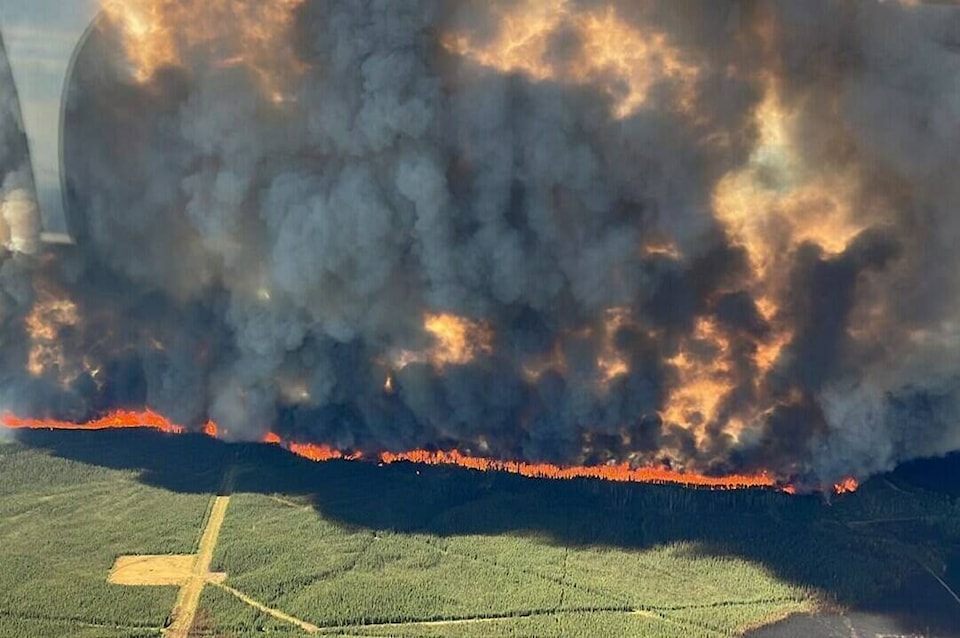Wildfires threaten almost half (45 per cent) of all public lands in B.C. and the direct cost of suppressing them averages $1 billion annually in Western Canada, with costs trending upward.
Those figures appear in a new report from the Forest Practices Board, B.C.’s independent watchdog for forest and range practices. The board audits forest and range practices on public lands and makes recommendations for one of the most important industries in the province, but one also facing threats from multiple directions.
Titled ‘Forest and Fire Management in BC: Toward Landscape Resilience’, the report calls for urgent changes to the management of forests.
Keith Atkinson, board chair, said fire prevention and suppression policies over the past century have led to a buildup of fuel in forests, contributing to the loss of natural firebreaks in some areas.
“These shifts, combined with forestry policies and climate-change effects, greatly increase the risk of catastrophic wildfire,” Atkinson said. “We’re already seeing the consequences this year, with its unusually early start and record-setting wildfires.”
RELATED: Canadian wildfires send smoke south, triggering air quality warnings
The creation of fuel breaks and the use of cultural and prescribed burning among other tools can proactively reduce the risk of catastrophic wildfires and create a more resilient landscape less vulnerable to catastrophic wildfire.
“We can’t afford to continue the status quo,” Atkinson said. “We need the B.C. government, jointly with First Nations, to lead the development of a vision and action plan that will align provincial priorities and actions to restore landscape resilience and coexistence with fire. Landscape fire management is the way to achieve this.”
Atkinson said the scale of the required change requires leadership and collaboration.
“This is not a task that can be accomplished by one agency, but will require all levels of government, industry, and the B.C. public to work together to do things differently,” he said. “The payoff will be a reduced risk of catastrophic wildfire, and a more resilient landscape for future generations.”
Forest Minister Bruce Ralston said he appreciates the work of the board, adding that government has taken actions in recent years that align with the recommendations. They include doubling prevention programs, expanding prescribed and cultural burning and launching a new landscaping plan.
“The Forest Practices Board report reinforces that we need to keep working with our partners and taking critical steps to strengthen and expand wildfire planning, preparedness and response,” Ralston said in pointing to the impacts of climate change such as drier, hotter summers and more wildfires.
@wolfgangdepner
wolfgang.depner@blackpress.ca
Like us on Facebook and follow us on Twitter.
